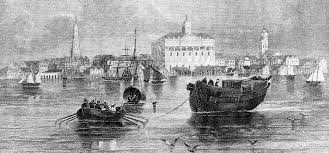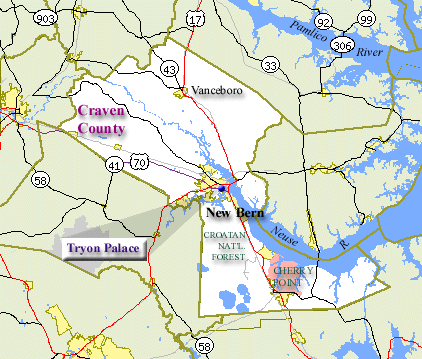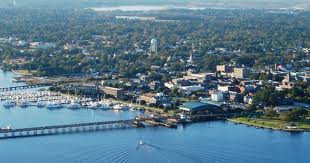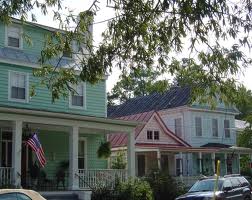The Siege of Charleston
At times, the occupying army was actually larger than the total civilian population and such was the case in Charleston. The solution of the British was the use of obsolete or damaged ships as prisons. Survival on one of these crowded ships was scary, with disease, dysentery, fevers and starvation plaguing the captives. Apparently a lack of sufficient guards afforded certain prisoners the opportunity to climb overboard and escape. Perkins managed to escape and return to North Carolina where he served in the Militia until peace was declared.



Brave Soldiers Not Forgotten
Isaac Perkins enlisted as a private in the Continental Line of the North Carolina Regiment in 1777 in the company of Captain Silas Sears Stevenson and marched to Valley Forge, Pennsylvania. The 10th Regiment was disbanded and Perkins joined the 2d Regiment, company of Captain Clement Hall of the Northern Campaign. The company marched into South Carolina where Perkins was captured and taken to Charleston as a prisoner.
Names of Families in Craven County Wills and Estates
Craven County one of three counties (Albemarle and Clarendon being the others) set up in 1664 by the Lords Proprietors of Carolina. Its territory embraced what later became South Carolina. The county of Craven was established in 1705 as the Archdale Precinct of Bath County. Archdale County may have existed as early as 1696. The name was changed to Craven County about 1712. The territory in Craven County included the Ashley River settlement known as Charles Town (Charleston, South Carolina). Craven County was officially created on 3 December 1705 and Bath County was abolished in 1739. The county seat: New Bern.
For anyone who has not visited the beautiful New Bern, it is a lovely coastal city, well worth visiting.

Craven County Wills and other Records Available to Members of North Carolina Pioneers
Transcripts of Craven County Wills filed with the Secretary of State
- Arenton, William (expand upon opening)
- Blackledge, Richard (expand upon opening)
- Bryan, Anne (expand upon opening)
- Bryan, Hardy
- Bryan, William
- Caruthers, John
- Conway, Mary
- Craven, James
- Fonvielle, John
- Franck, John Martin
- Herritage, Willism
- Isler, Christian
- Pilson, Grace
- Wickliffe, William
Miscellaneous Estates
- Conner, Lewis
- Holland, Henry
- Holland, John
- Holland, Joseph
How Cousins Affect Finding the Ancestors
Sometimes while assembling the family tree it is difficult to determine correct relationships. This is because in the not too far distant past people frequently married first cousins! I recently traced a North Carolina family where several generations of male members married several times. Not that this is unusual. However, when they marry a sister-in-law or a first cousin, it become more intriguing. One has to study the documents, such as wills and estates, very carefully. In this instance, the siblings of the first wife were described as nieces and nephews. Thus, it becomes important to prepare a family group sheet for each family to cut down on the confusion. Large families also boggle the process, especially with the repetitive naming of the children. One has to unravel the ” Marys.” and make certain that they are assigned to the correct family and generation.
